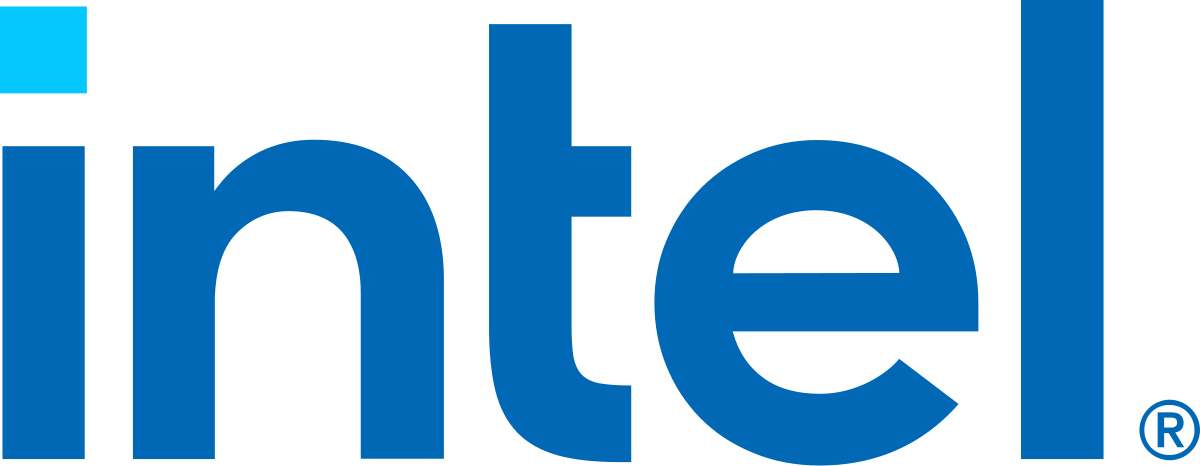Graphene, a flat monoatomic layer of carbon atoms tightly packed in a two-dimensional honeycomb lattice, has recently attracted the attention of the research community due to its novel mechanical, thermal, chemical, electronic and optical properties. Since its first isolation by the Nobel laureates Andre Geim and Konstantin Novoselov back in 2004, graphene has given rise to a plethora of potential applications in diverse fields, attracting, as a result, multimillion dollar research funding.
A remarkably promising application of graphene is that of Graphene-enabled Wireless Communications (GWC). GWC advocate for the use of graphene-based plasmonic antennas -graphennas, see Fig. 1- whose plasmonic effects allow them to radiate EM waves in the terahertz band (0.1 – 10 THz). Moreover, preliminary results sustain that this frequency band is up to two orders of magnitude below the optical frequencies at which metallic antennas of the same size resonate, thereby enhancing the transmission range of graphene-based antennas and lowering the requirements on the corresponding transceivers. In short, graphene enables the implementation of nano-antennas just a few micrometers in size that are not doable with traditional metallic materials.
Thanks to both the reduced size and unique radiation capabilities of graphennas, GWC may represent a breakthrough in the ultra-short range communications research area. In this project we will study the application of GWC within the scenario of off-chip communication, which includes communication between different chips of a given device, e.g. a cell phone. The advantages of the resulting Off-Chip Graphene-based Wireless Communication are manifold but can be summarized in two points. On the one hand, the potential of GWC to radiate in the terahertz band provides a huge transmission bandwidth, allowing not only the transmission of information at extremely high speeds but also the design of ultra-low-power and low-complexity schemes. On the other hand, the reduced size of such antennas results in a smaller area overhead than with conventional metallic antennas, factor that may be critical in area constrained scenarios. Moreover, improving the directivity values by means of graphene-based antenna arrays could be possible due to the aforementioned reduced size.



Website:
Project Type:
Funding:
Duration:
Website:
Project Type:
Funding:
Duration:
Graphene, a flat monoatomic layer of carbon atoms tightly packed in a two-dimensional honeycomb lattice, has recently attracted the attention of the research community due to its novel mechanical, thermal, chemical, electronic and optical properties. Since its first isolation by the Nobel laureates Andre Geim and Konstantin Novoselov back in 2004, graphene has given rise to a plethora of potential applications in diverse fields, attracting, as a result, multimillion dollar research funding.
A remarkably promising application of graphene is that of Graphene-enabled Wireless Communications (GWC). GWC advocate for the use of graphene-based plasmonic antennas -graphennas, see Fig. 1- whose plasmonic effects allow them to radiate EM waves in the terahertz band (0.1 – 10 THz). Moreover, preliminary results sustain that this frequency band is up to two orders of magnitude below the optical frequencies at which metallic antennas of the same size resonate, thereby enhancing the transmission range of graphene-based antennas and lowering the requirements on the corresponding transceivers. In short, graphene enables the implementation of nano-antennas just a few micrometers in size that are not doable with traditional metallic materials.
Thanks to both the reduced size and unique radiation capabilities of graphennas, GWC may represent a breakthrough in the ultra-short range communications research area. In this project we will study the application of GWC within the scenario of off-chip communication, which includes communication between different chips of a given device, e.g. a cell phone. The advantages of the resulting Off-Chip Graphene-based Wireless Communication are manifold but can be summarized in two points. On the one hand, the potential of GWC to radiate in the terahertz band provides a huge transmission bandwidth, allowing not only the transmission of information at extremely high speeds but also the design of ultra-low-power and low-complexity schemes. On the other hand, the reduced size of such antennas results in a smaller area overhead than with conventional metallic antennas, factor that may be critical in area constrained scenarios. Moreover, improving the directivity values by means of graphene-based antenna arrays could be possible due to the aforementioned reduced size.


